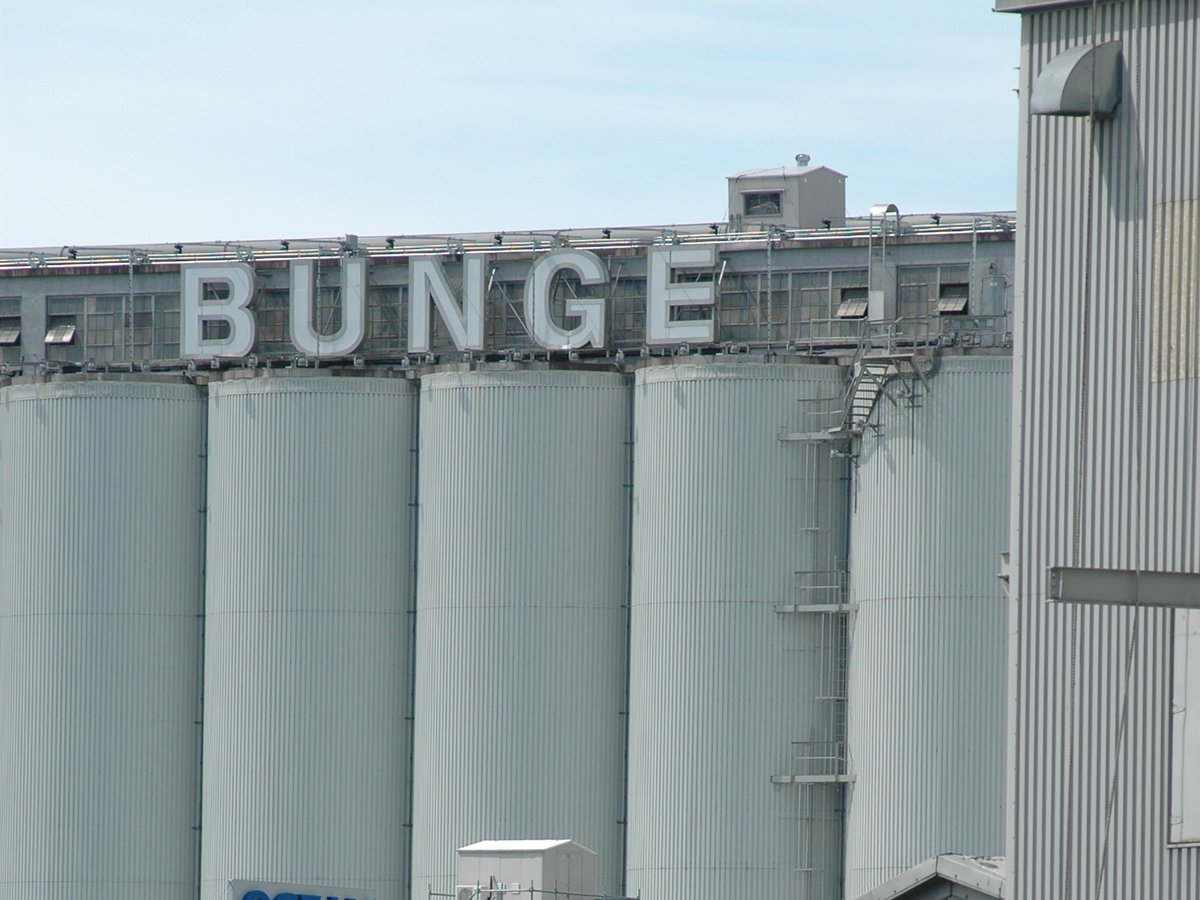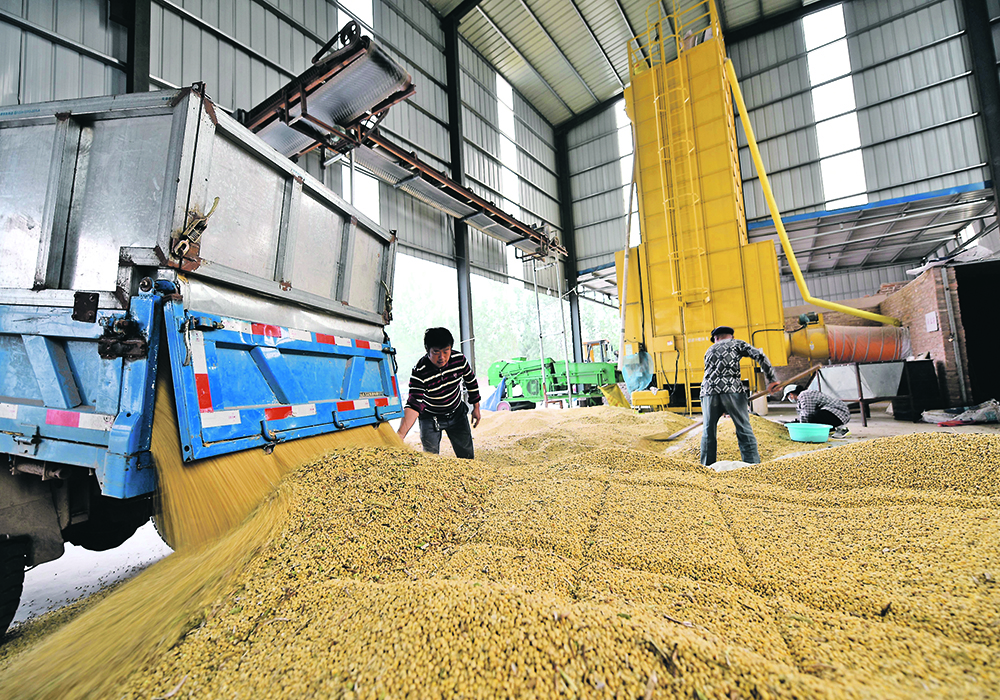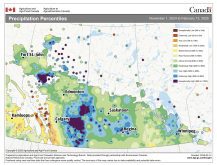Analysts blame lower commodity prices earlier in the year and a lack of interest in the Phase 1 deal from the Asian giant
China fell far short of its commitment to purchase US$36.6 billion of agricultural products from the United States in 2020.
Actual purchases amounted to $23.5 billion, according to statistics compiled by the Peterson Institute for International Economics.
The commitment was part of the two-year Phase 1 Agreement that former U.S. President Donald Trump’s administration negotiated with China, bringing an end to a trade war between the two countries.
Arlan Suderman, chief commodities economist for StoneX, believes part of the reason China came up short is that a lot of those purchases were made earlier in the year when commodity prices were lower.
Read Also

Bunge’s crop mix is changing
Bunge has predominantly been a soybean processing firm, but that’s about to change after the merger with Viterra with softseed processing and grain merchandising gaining ground.
“That’s one of the big mistakes that China made was agreeing to a dollar value rather than a tonnage value,” he said.
The other main reason for the shortfall was China’s apathy toward the pact.
“I really don’t think China is paying a whole lot of attention to it,” said Suderman.
For instance, one of the cornerstones of the agreement was that China would become more transparent about its tariff rate quotas, but the opposite has happened, he said.
And it has failed to remove barriers to trade for U.S. ethanol and distillers grain.
Suderman thinks China may come closer to meeting its 2021 target of $43.4 billion in U.S. agricultural imports, but that’s only because commodity prices have risen.
In the end he doesn’t think the Phase 1 deal will have much of an impact on overall trade. China bought what it needed to in 2020 and nothing more.
However, there was an increase in imports primarily because of the recovery of China’s hog herd from African swine fever, and that has been a welcome source of new demand, he said.
Suderman anticipates continued strong demand for U.S. soybeans for the remainder of 2020-21 and for the following year.
“I see soybean supplies staying tight over the next year and a half because of that Chinese demand rising faster than we can increase production,” he said.
Most analysts feel there is a 30 million tonne deficit between China’s corn demand and its domestic production.
A lot of those same people are forecasting the country will import between 22 and 30 million tonnes of the crop in 2021-22.
Suderman isn’t in that camp. He thinks China will import 12 million tonnes of corn.
“We believe that the Communist Party will keep the lid on (imports),” he said.
China wants to appear to be self-sufficient in corn production. There was a time a couple of years ago when China’s leadership appeared to be softening its stance on grain self-sufficiency, but the trade war with the U.S. and COVID-19 has once again strengthened its resolve.
Instead, China is expected to buy a bunch of alternative feedgrains such as wheat, barley and sorghum.
China has already dumped about 24 million tonnes of wheat from its government reserves into the domestic feed market since Oct. 1.
The government is going to need to replenish its supplies of milling wheat by importing spring wheat, hard red winter wheat, white wheat and soft red wheat.
Suderman does not anticipate that either the U.S. or China will scrap the Phase 1 agreement now that Joe Biden has become president.
They may tinker with some of the details of the agreement, but the agriculture section of the deal is considered sacrosanct and will likely remain unchanged, he said.
















